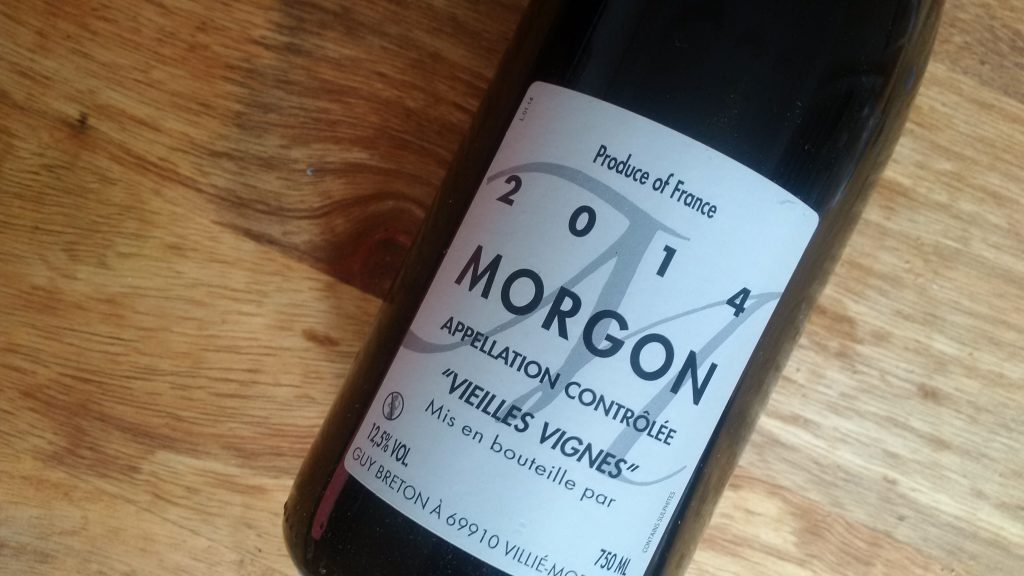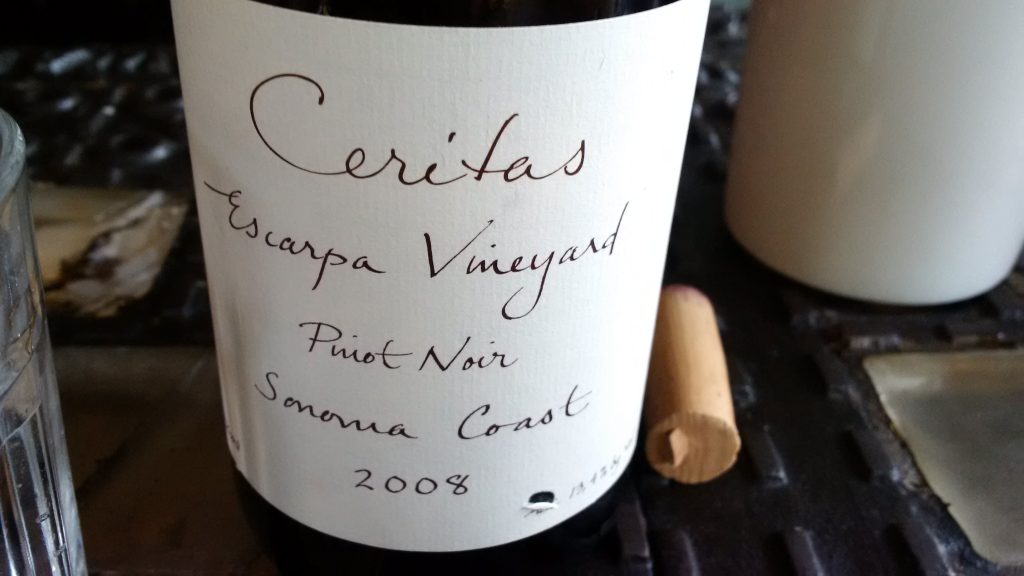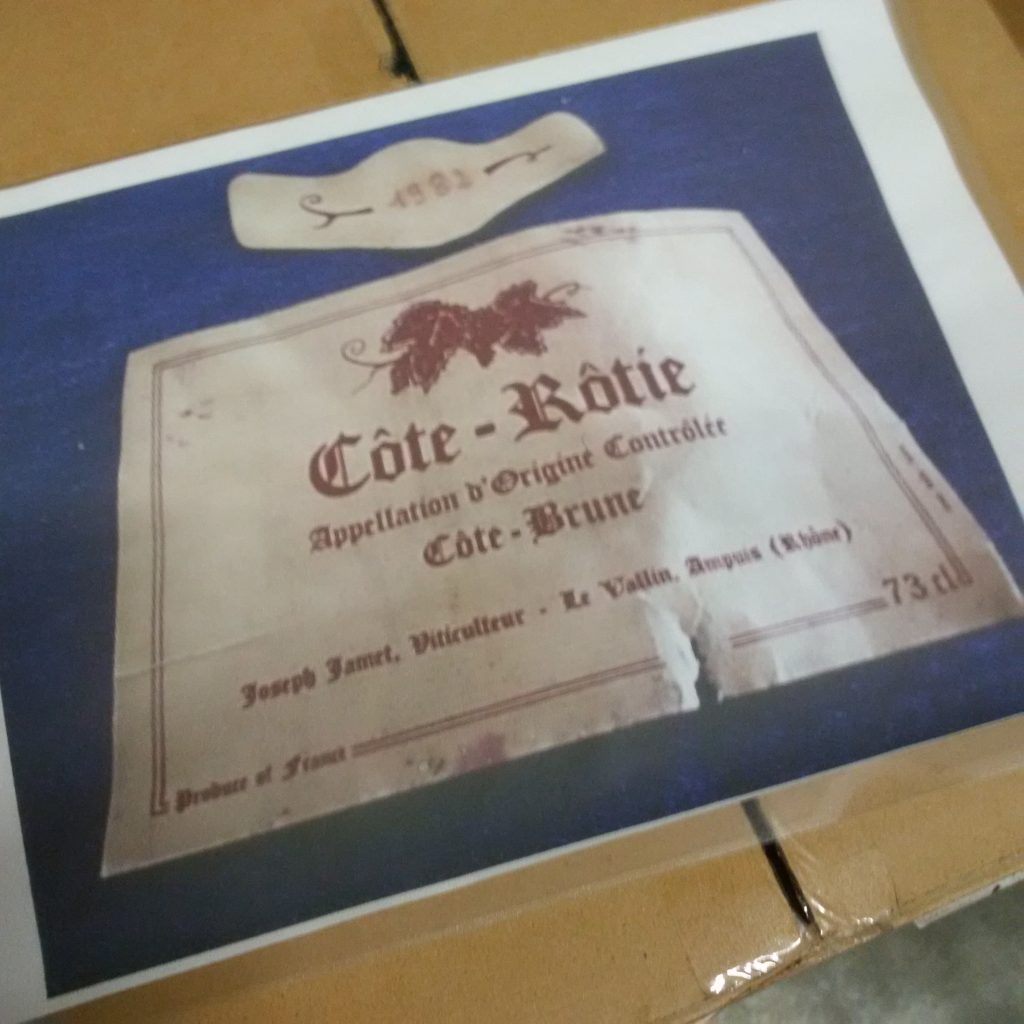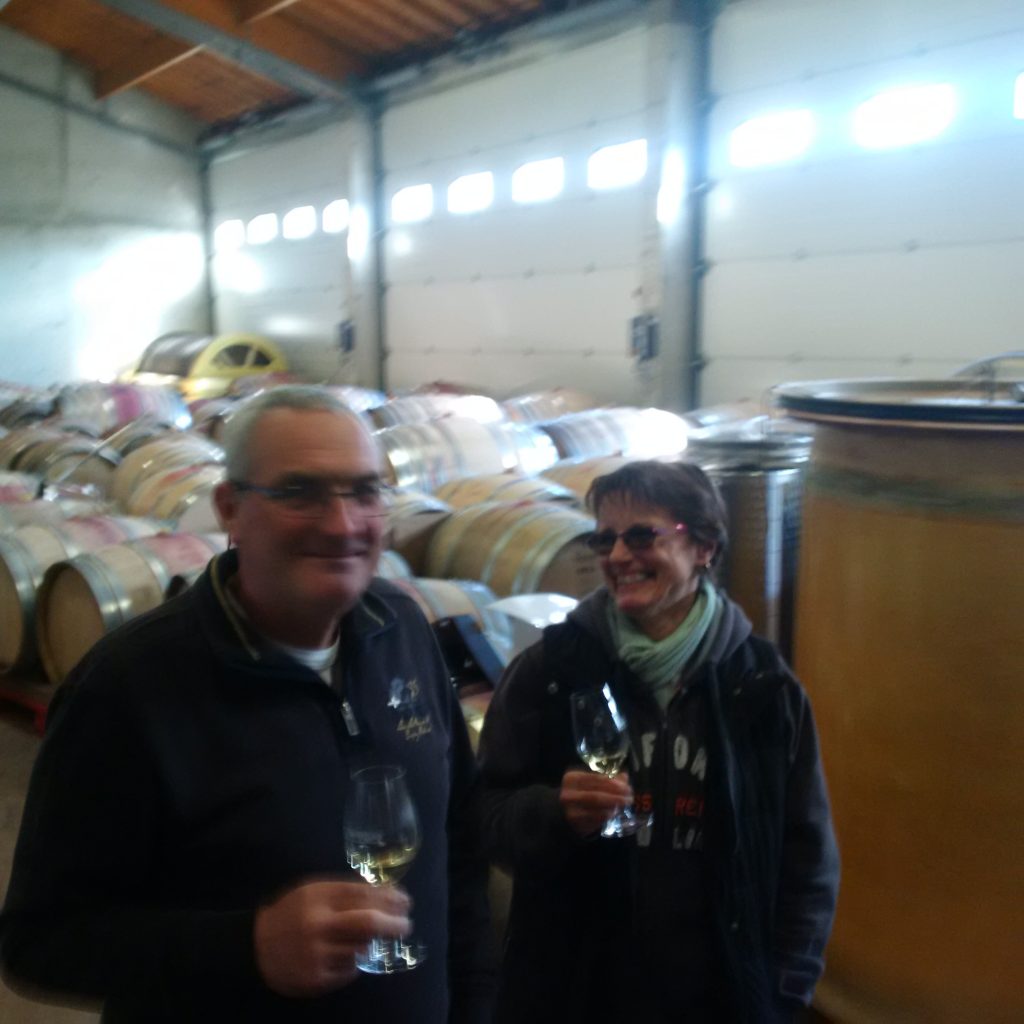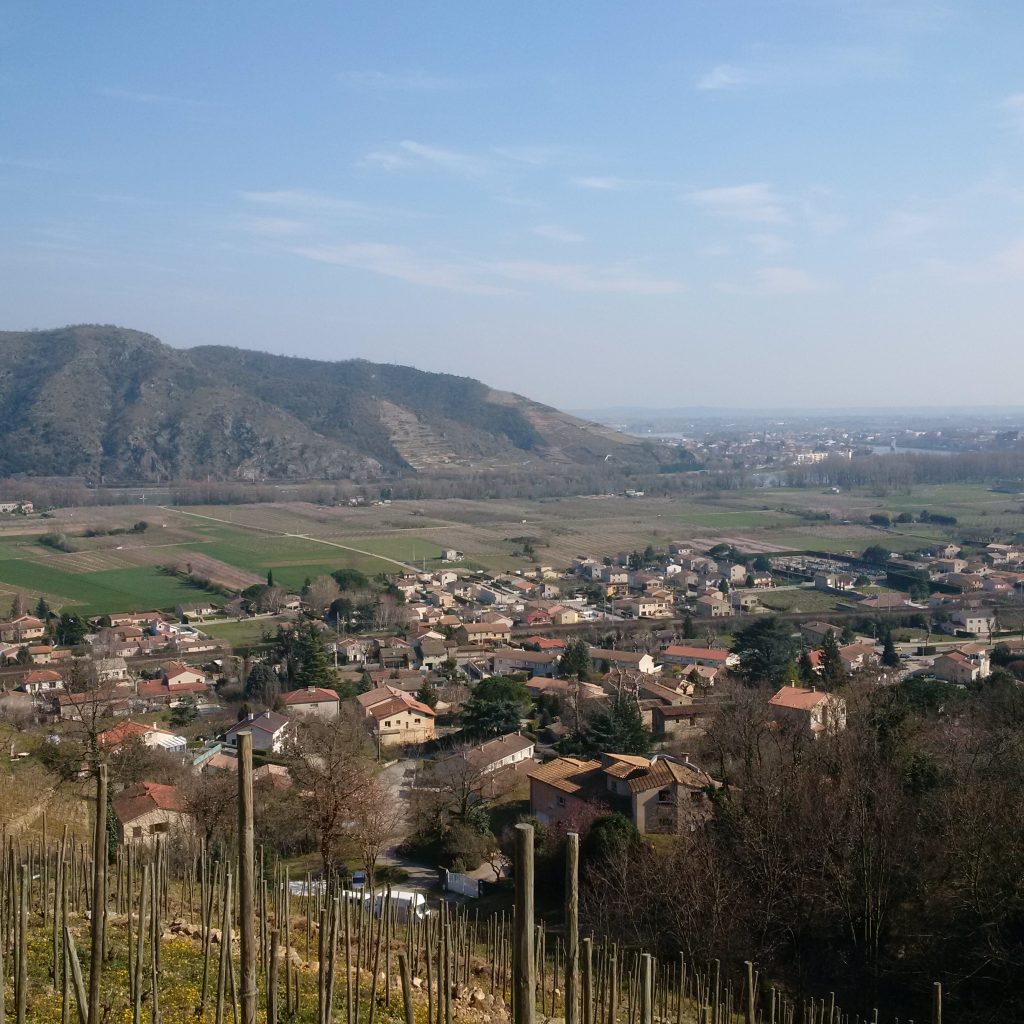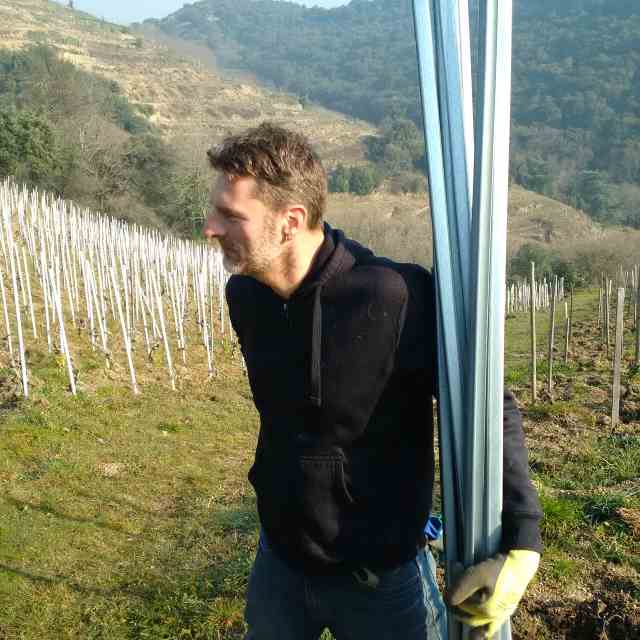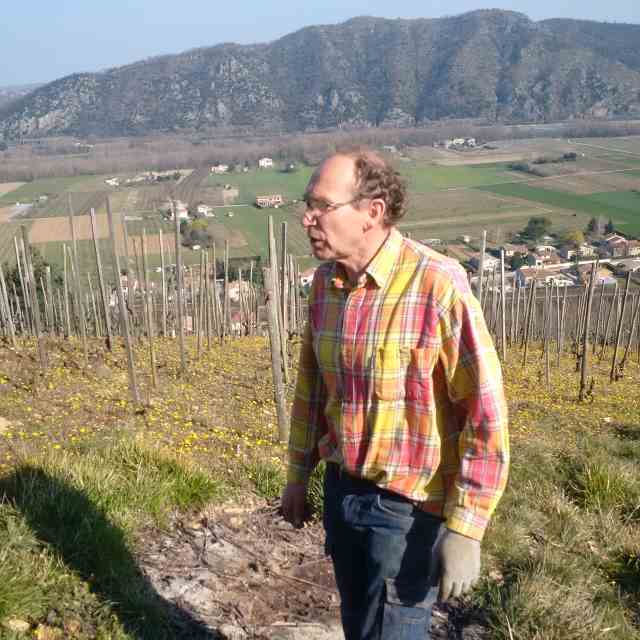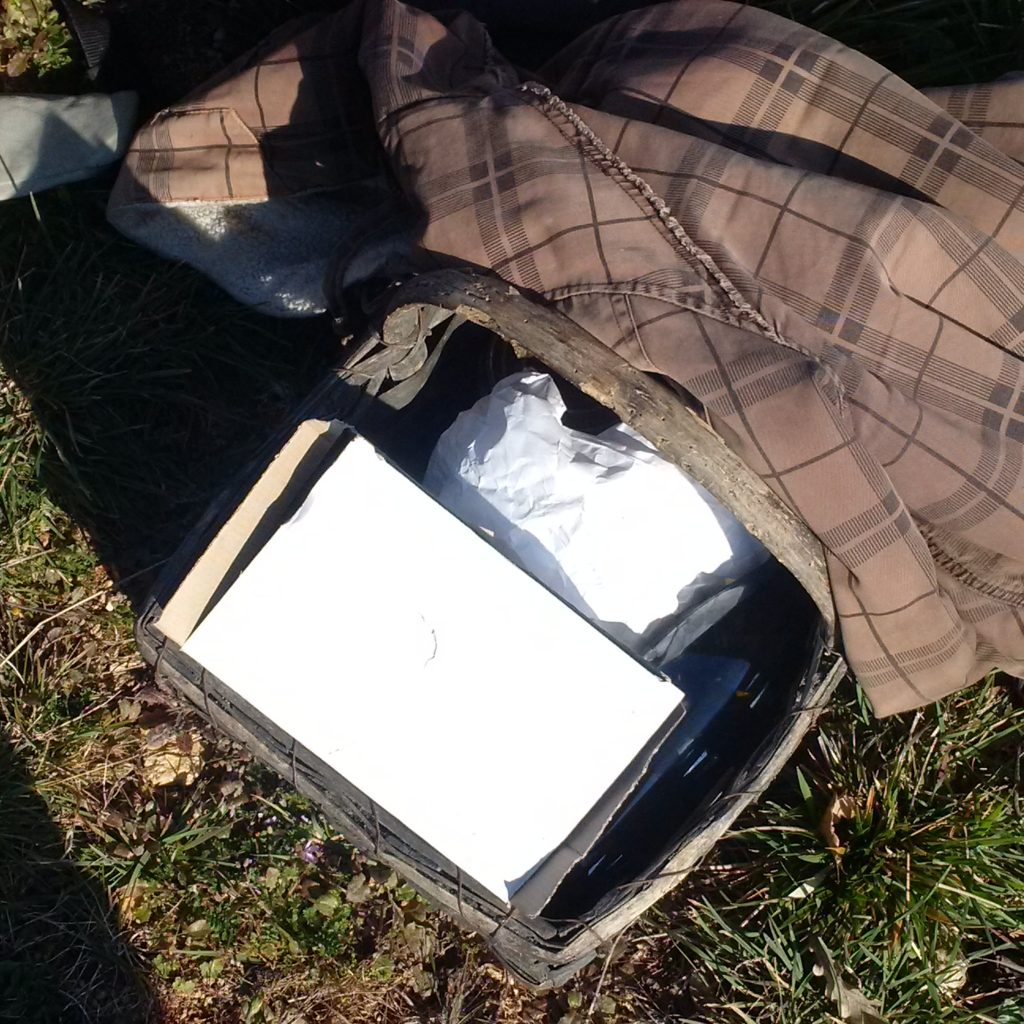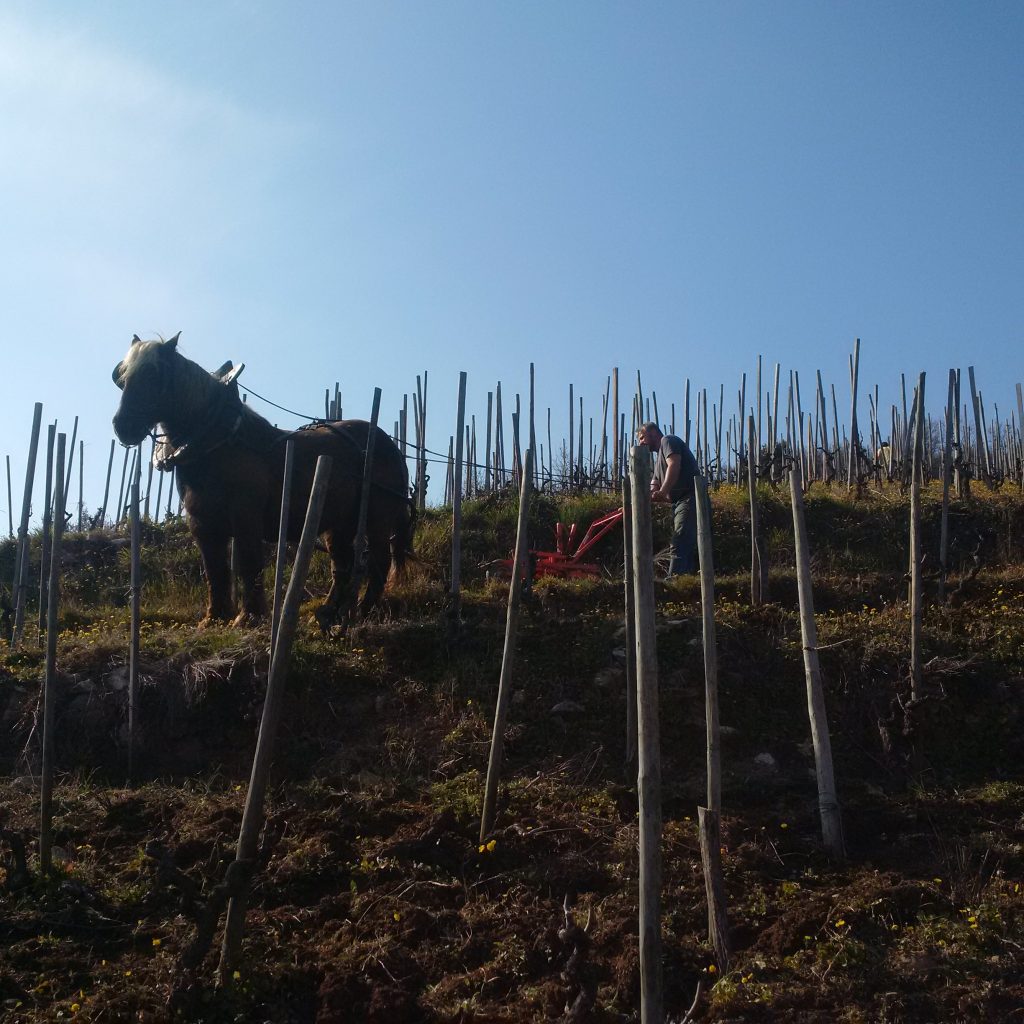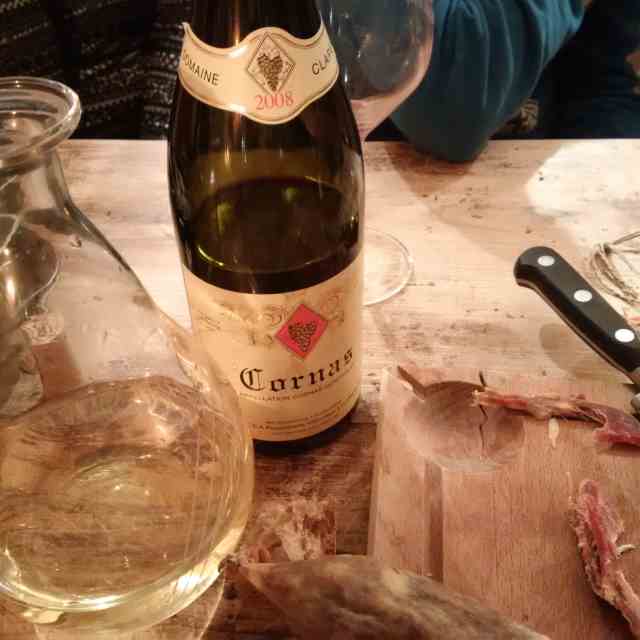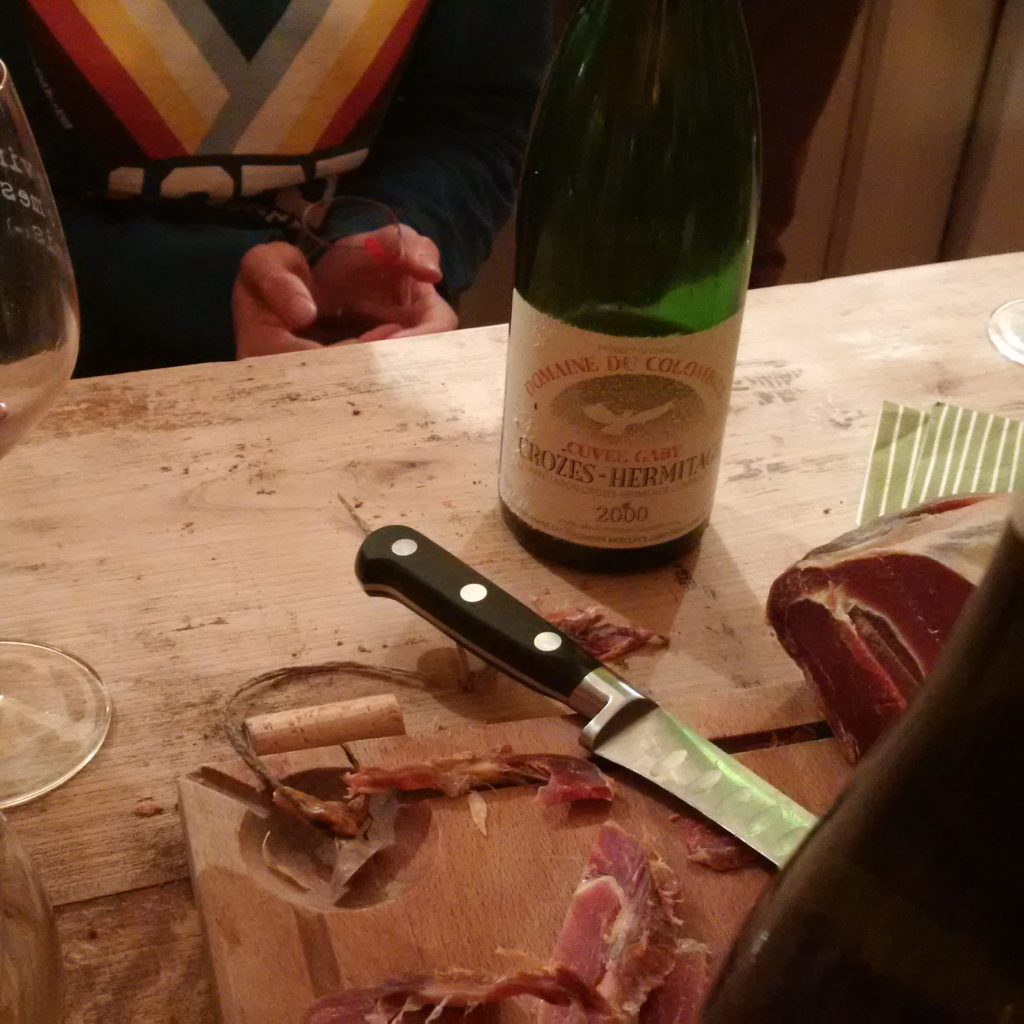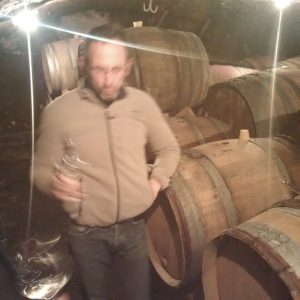Kensington is lovely, of course it is. But it is also very boring. So is Notting Hill, if a little less so, and at least they get the occasional excitement of piss-filled cans of Red-Stripe being thrown around every year at the carnival. The area has suffered in recent years.
Residentially, it is too expensive for the young creative set who used to hang out in Chelsea and Notting Hill and who now locate themselves in the East. Culturally, it houses some grand institutions but the vibrant new openings have long since dried up.
Restaurant wise, there are some good high-endish classic destinations, Kitchen W8, Launceston Place, Sally Clarks etc, but vibrant new-openings, not so much.
So, it is not surprising that 6 Portland Road was so popular when we went for dinner a few days ago.
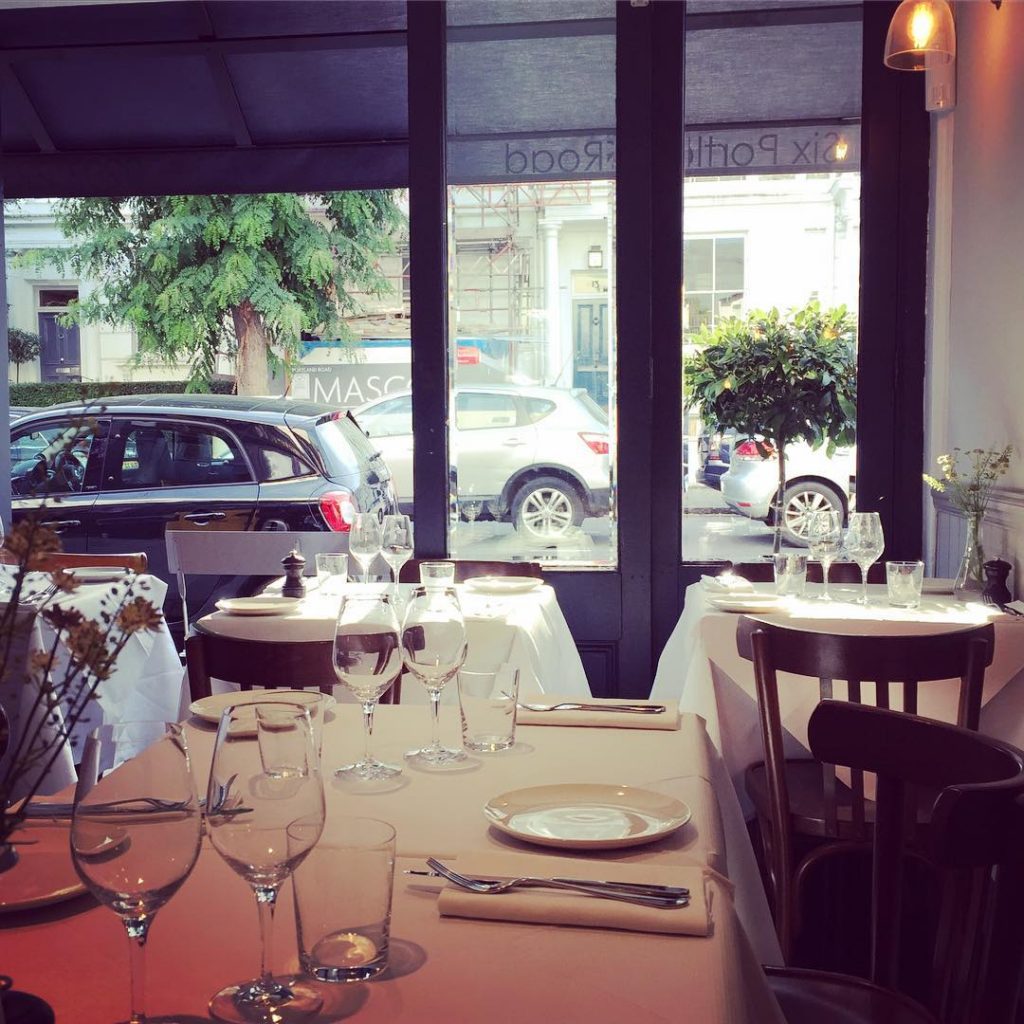
The lovely owner Oli Barker, has lured Pascal Wiedermann, and it seems most of the wine-list from the excellent Terroirs group, who are part-owned by Les Caves de Pyrene.
So, no problem with the food. These guys know what they’re doing in the kitchen. Outside, the rusticity has been dialled down a bit and has a sort of effortlessly chic modern-French feel to it.
A slightly unappealing, herby amuse-bouche sort of dip was replaced by some ultra-fresh Sardines and one of the best terrines I’ve had for a long time.
The mains were good. Pork cheek was suitably hearty and I can’t remember what my companion had, but it was nice. Prices aren’t cheap but, well, neither are the locals.
Speaking of locals, it was interesting to eavesdrop on some of the fall-out from a quite hard-line natural wine list. We were the lucky recipients of a bottle that some guys next to us didn’t like (and was great) and it’s probably not easy getting punters to get their wallets out when they hadn’t heard of any of the wines.
Personally, I think it’s a mistake to source so many wines of a similar bent. It just becomes a bit boring seeing the same stuff everywhere. It’s like in Paris, everywhere you go it’s the same stuff: Foillard, Ganevat, de Moor etc etc. Maybe not the Gallo, but a bit of interesting Burgundy, Rhone and Bordeaux wouldn’t go amiss amongst the Pineau d’Aunis.
I was quite excited to see a white from Jean-Marie Berrux, who I knew better from the Sarnin-Berrux operation I visited in St-Aubin a few years ago. They were making really lovely natural-inflected whites in Burgundy, up to some pretty exalted appellations. Didn’t end up importing any as we were not sure the UK market was 100% ready for them and also there was a bit of a question mark in our minds about how the superior appellations always related to quality. It seemed they wore their vinificaition signature ahead of their terroir profiles.
Anyway – Jean Marie is making a sideline with negoce grapes and we tried his Tetu 2013 (I think it was 2013)
It was lovely, not quite the Puligny our nice waitress compared it too, but top stuff and very bracing.
It reminded me of the Cuvee Florine from Ganevat. Aaron Ayscough put’s it well when he says: “Belying its name, which means “little stubborn one,” it’s dance-in-the-streets delicious right this instant. There’s a sea-spray, sea-shelly salinity, and a kind of delicate lime-zest filigree that just slays me.”
Whether our fellow diners, the tieless masters of finance, will be dancing in the streets with joy, I don’t know. But to have a restaurant as good as this in the neighbourhood, a jig at the very least would be appropriate.

